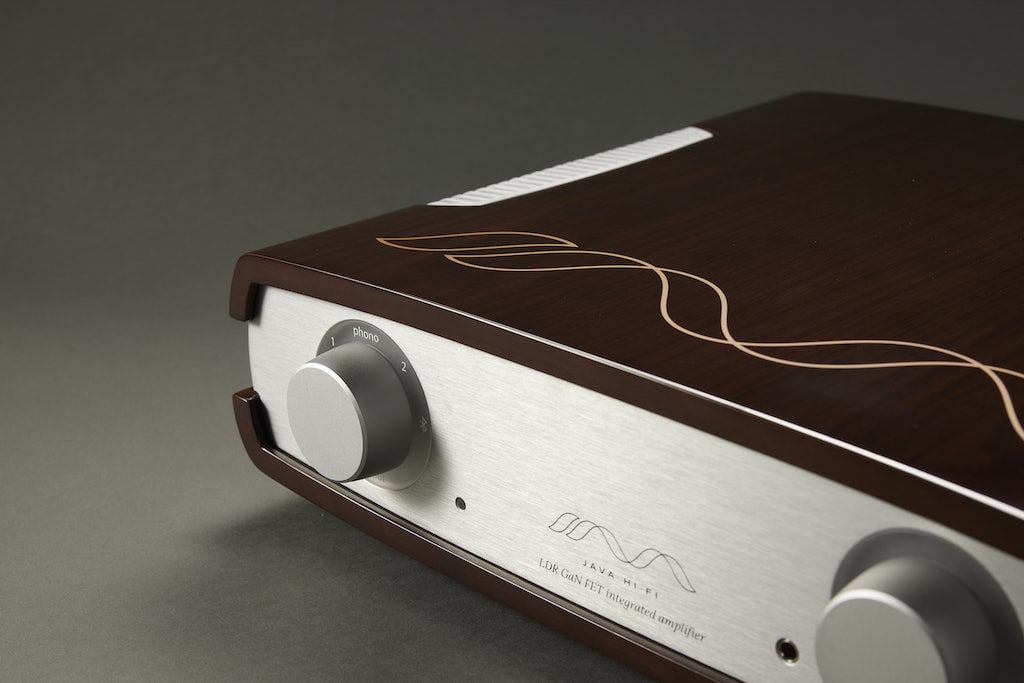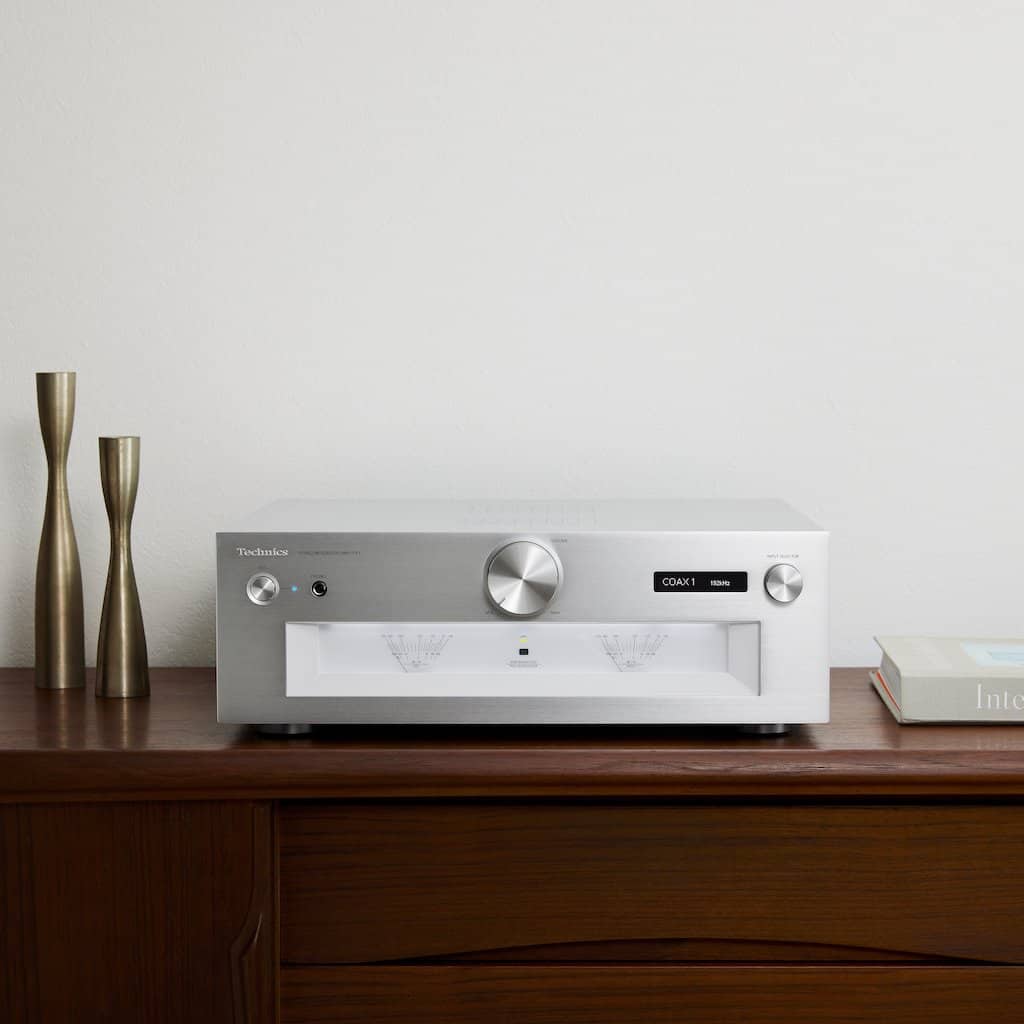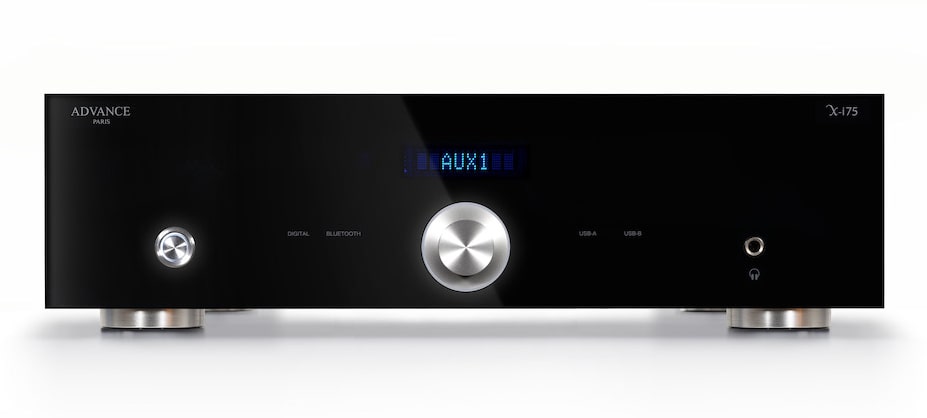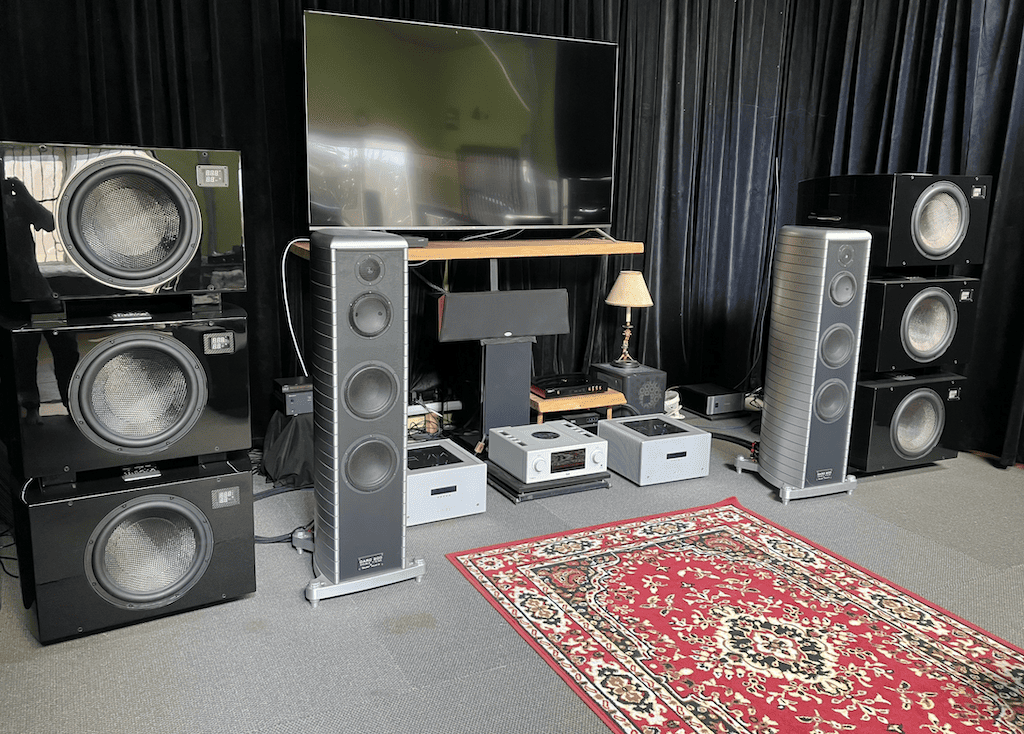GARY STEEL sits back and hears the angels sing as two NZ hi-fi legends “wow” him with a selection of delectable audio delights.
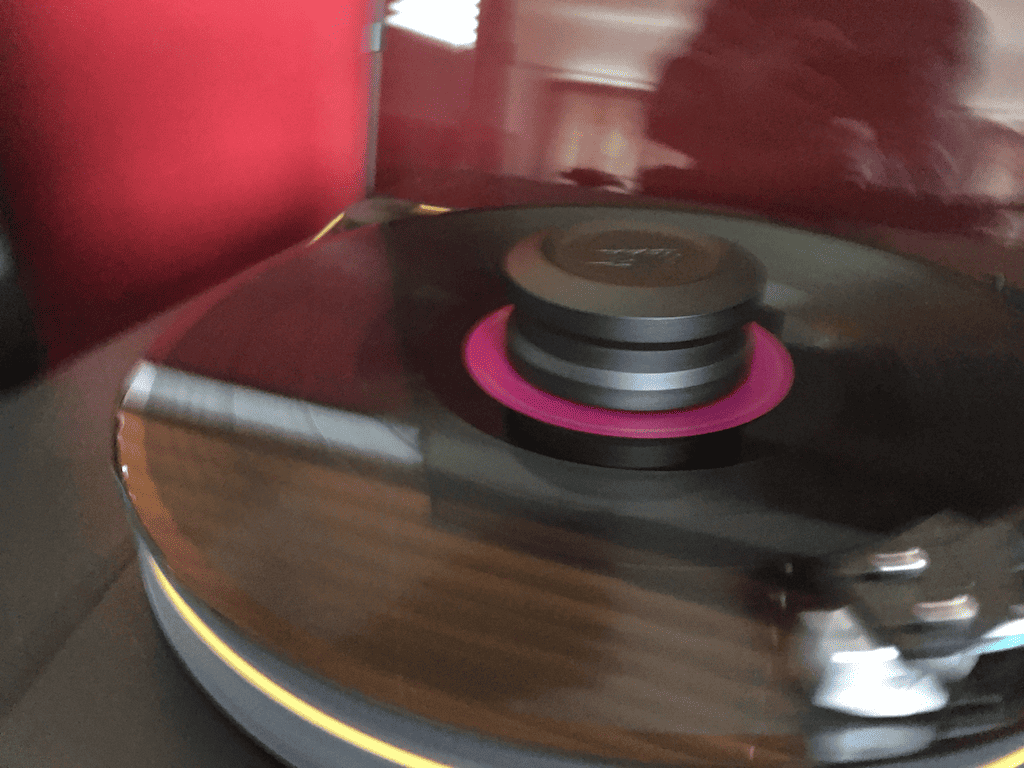
Garth Murray and Paul Quilter have never met, but they’re two of my favourite people in the NZ hi-fi industry, and they both came to see me within days of each other in my remote Northern location.
Essentially, they were here to whip it out, metaphorically speaking: to amaze me with their latest sonic offerings.
As a happy isolationist, I can go for weeks with little more social intercourse than the odd Skype session and quick chats with the local canines on my daily walk, so it was a huge privilege to be indulged by Garth and Paul, two individuals who just ooze enthusiasm, commitment and a high degree of genuine passion for their chosen profession.
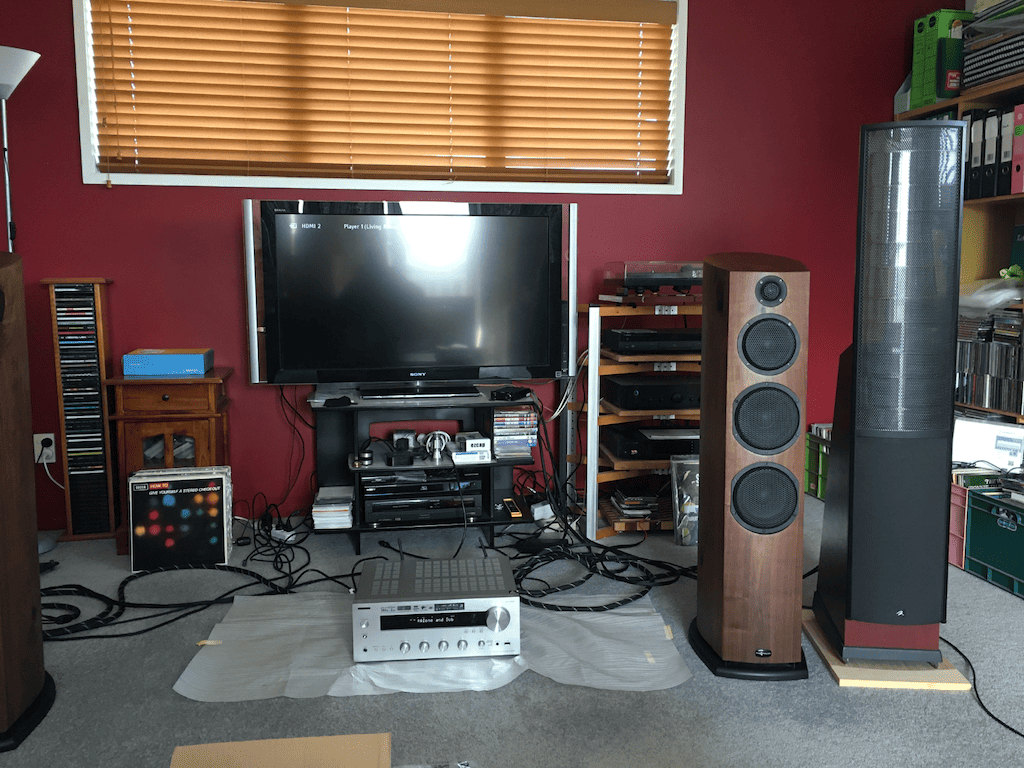
Interestingly, both of them were on trips up North that combined business with pleasure, testing the water in slightly different ways and tweaking their modus operandi as they went. It seems that the “Year of the Covid”, rather than making everyone timid and causing them to batten down the hatches, has produced in many a fresh mindset that’s open to new possibilities.
Not that either Garth or Paul are doing badly. Au contraire: the lack of travel opportunities for New Zealanders has resulted in a bit of a hi-fi buying frenzy.
Would you like to support our mission to bring intelligence, insight and great writing to entertainment journalism? Help to pay for the coffee that keeps our brains working and fingers typing just for you. Witchdoctor, entertainment for grownups. Your one-off (or monthly) $5 or $10 donation will support Witchdoctor.co.nz. and help us keep producing quality content. It’s really easy to donate, just click the ‘Become a supporter’ button below.
Those who even vaguely follow NZ-made hi-fi will be aware of Theophany, Garth’s loudspeaker brand. Operating out of Christchurch since the early ‘00s, his speakers seemingly came from an idea that formed in Garth’s head and early stories and reviews on his speakers made much of this seemingly metaphysical dimension. The proof is in the pudding, however. The magazine I edited at the time, TONE, wrote extensively about Theophany speakers and Witchdoctor founder Ashley Kramer was (and is) one of the brand’s biggest fans. More recently, Theophany has slowly inched into international waters, where it has been received with open arms.
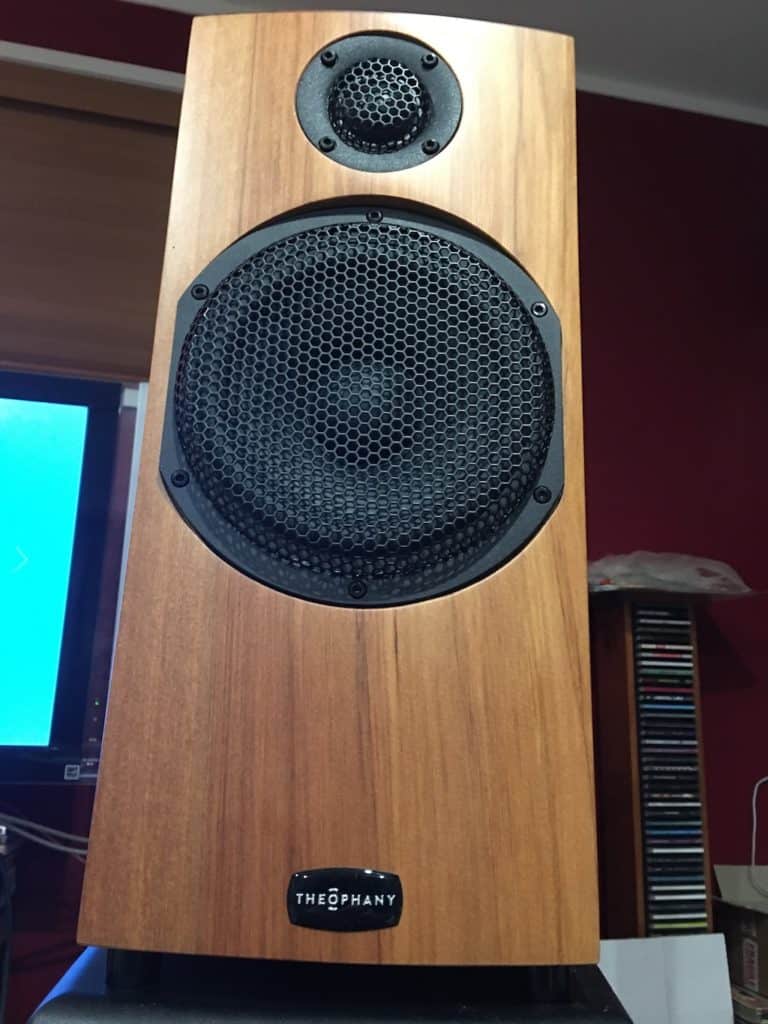
Theophany quickly found a home at mega-Aussie retailer Harvey Norman that further confused would-be adherents who felt that anything really top-rate should instead be marketed through specialist hi-fi stores. Ultimately, Garth found that selling directly to customers made more sense from both a financial and philosophical point of view, and this new approach has led to his most successful year ever.
After-sale service and support (and sometimes setup) have become a key part of Garth’s offering, and this approach lets customers hear the speakers in their home environment. On his visit, Garth was accompanied by his wife Steph, who obligingly did a lot of the fetching, carrying and unboxing while Garth talked me through the gear.
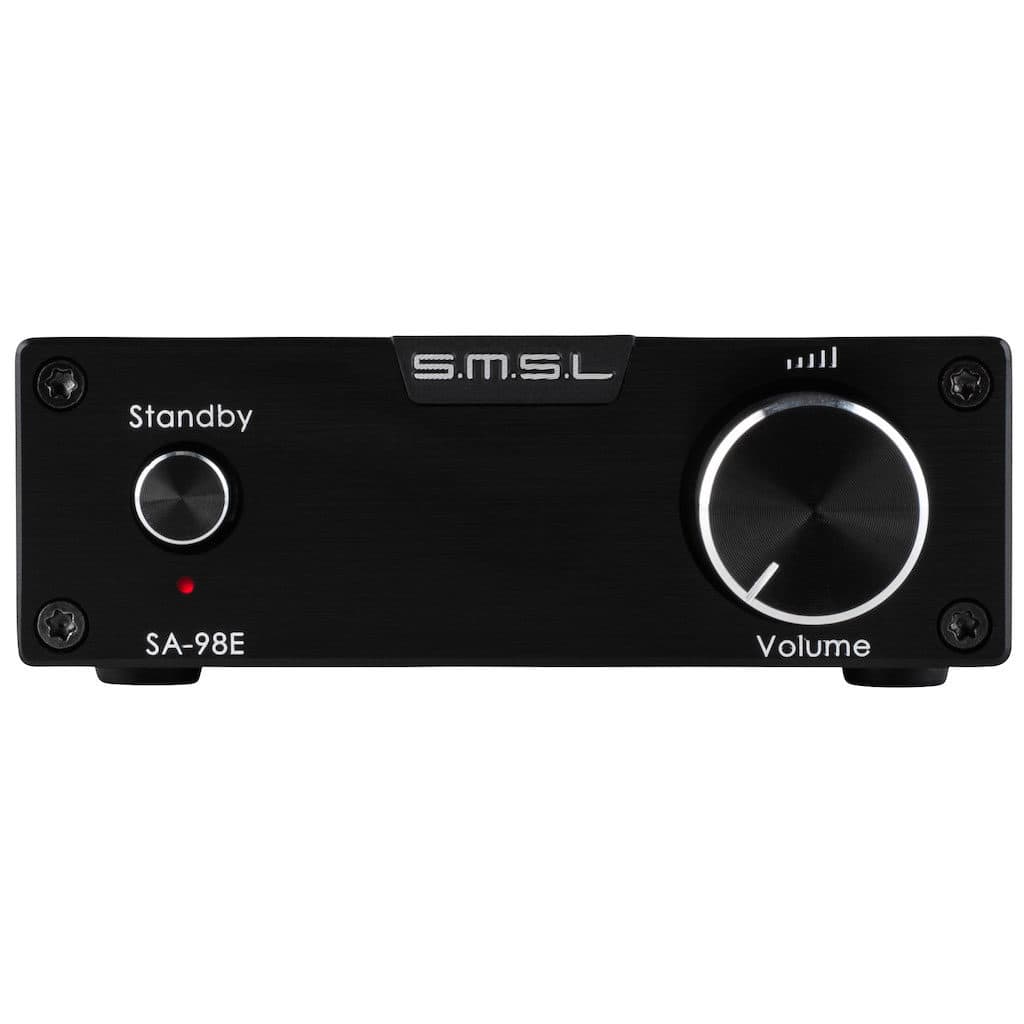
Earlier in the year Garth had sent me a pair of medium-sized Paizo bookshelf speakers, which I’d auditioned using a wee SMSL amplifier that Garth had also supplied when he learned that I was lacking an integrated amp. (My Martin Logan Purity speakers are powered, and therefore, I normally only use a preamp). The SMSL amp is really designed for desktops but actually has more than enough energy to power a medium-sized loudspeaker. The Paizo would undoubtedly have benefited from a top-quality integrated or pre-and power combo, but they sounded amazing, nevertheless.
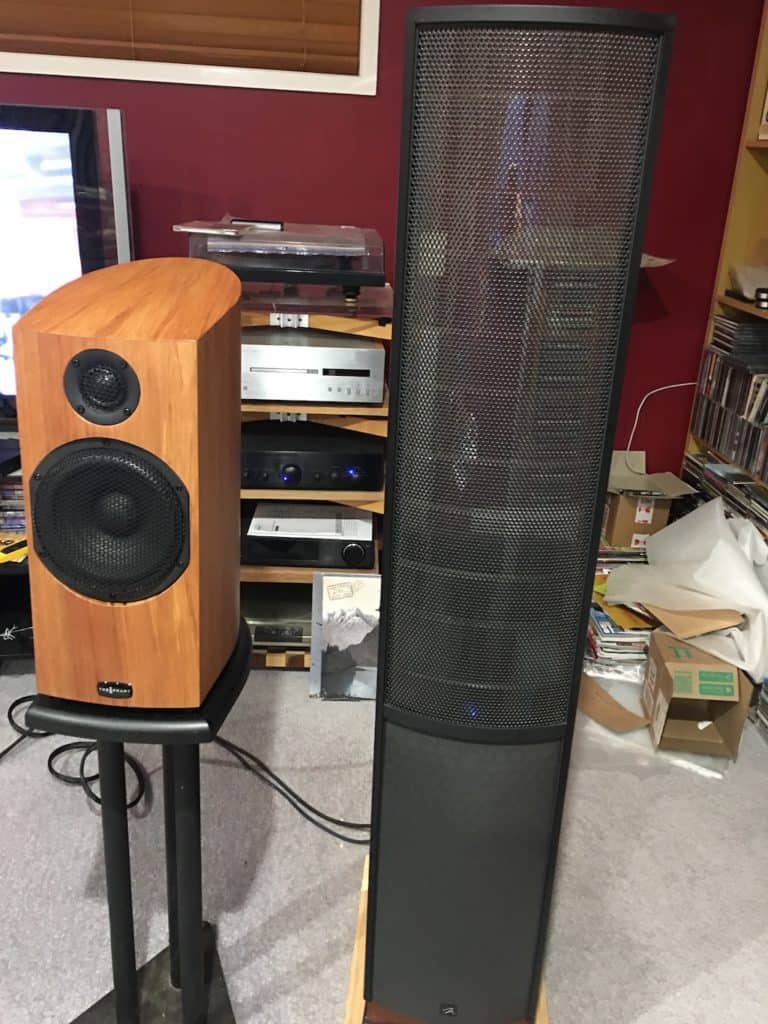
My first impression of the Paizo – and this was repeated with every new record I played – was the spectacular level of texture and detail and clarity in the top end but without the harshness that’s sometimes a trade-off for these qualities. Listening to American guitarist John Abercrombie, for instance, I heard sounds/reverberations between the notes that I don’t even hear on my super-detailed Martin Logans.
What I did find, however, was that the Paizo’s seemed to be voiced more for jazz and classical than they were for rock. This is a common scenario with high-end hi-fi speakers (although at a mere $2499 the Paizo has a high-end sound for a bargain price) and most audiophiles will tell you that you can’t get a loudspeaker that will sound ideal on every style of music.
What I found, for instance, on Jeff Buckley’s classic Grace, was that there was a slight lack of “give” in his voice. That’s an album you really want to be able to crank up loud so that his incredible vocals can pierce your soul, but I preferred the Paizo’s at low-to-medium volume.
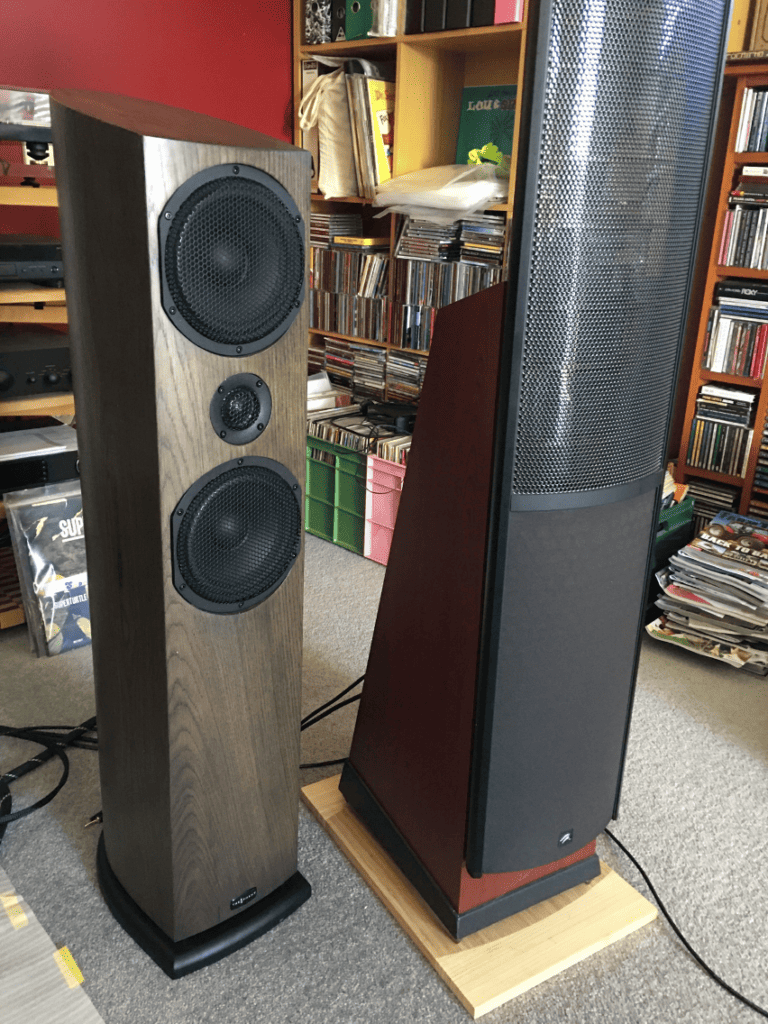
I was lucky enough to have the Paizo’s for a few months and during this time I went back and forth between them and the Martin Logans. It was a frustrating experience at times because some music sounded better on one, and some on the other.
On the day, Garth turned up with a two-channel receiver designed for both AV and music to power the speakers that he described as an entry-level product – an Onkyo TX8390 receiver ($1599) – but one that he feels does a great job for its price.
What I’ve found in several demos with Garth over the years is that he’ll use an ordinary amp with no compunction. It’s his way of saying, I guess, that the speaker is the most important component in a hi-fi setup; that you can get away with an average source (record player, CD player, digital player) but not an average speaker. And also, that Theophany speakers sound good whatever you’re using them with, but will sound even better with excellent components.
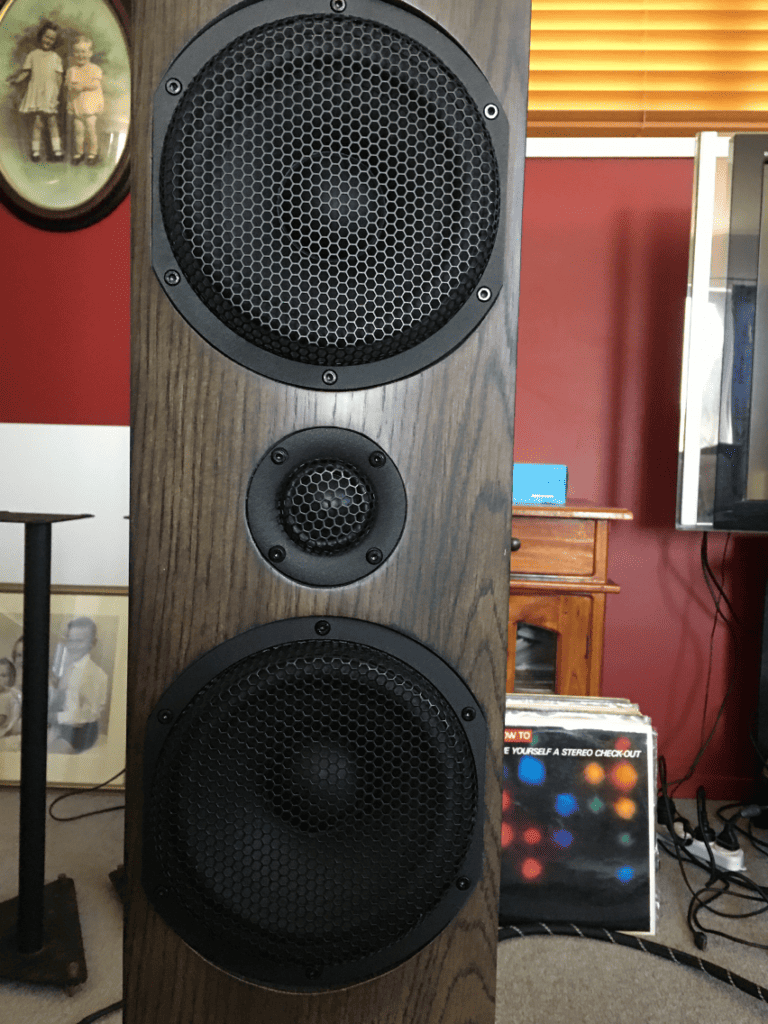
The first speaker we listened to was so new that it didn’t yet have a name. Whatever Garth ends up naming it, the smallish floorstanding speaker will fill a gap near the bottom of his range. It sounded great and pumped out a heap of bass, but had comparatively less detail in the top end. Garth explained that it’s almost impossible to have capacious bass as well as detailed top-end as one tends to negate the other. The nameless speaker, therefore, will be of most interest to those who love big beats (but don’t want to invest in a subwoofer) and are a little less demanding of the finer points at the top end.
Next up, I was in for a real treat. The Psuche Tower floorstanders look lovely and sound incredible. I’d be hard-pressed to point out any obvious flaws in my too-short time with these speakers. If there’s a word that springs to mind about their sound it’s “gorgeous”. I’m sure they’d acquit themselves well enough with death metal or gangsta-rap, but there’s just something about the products further up the Theophany chain that’s profoundly musical and as well-rounded as the cabinets.
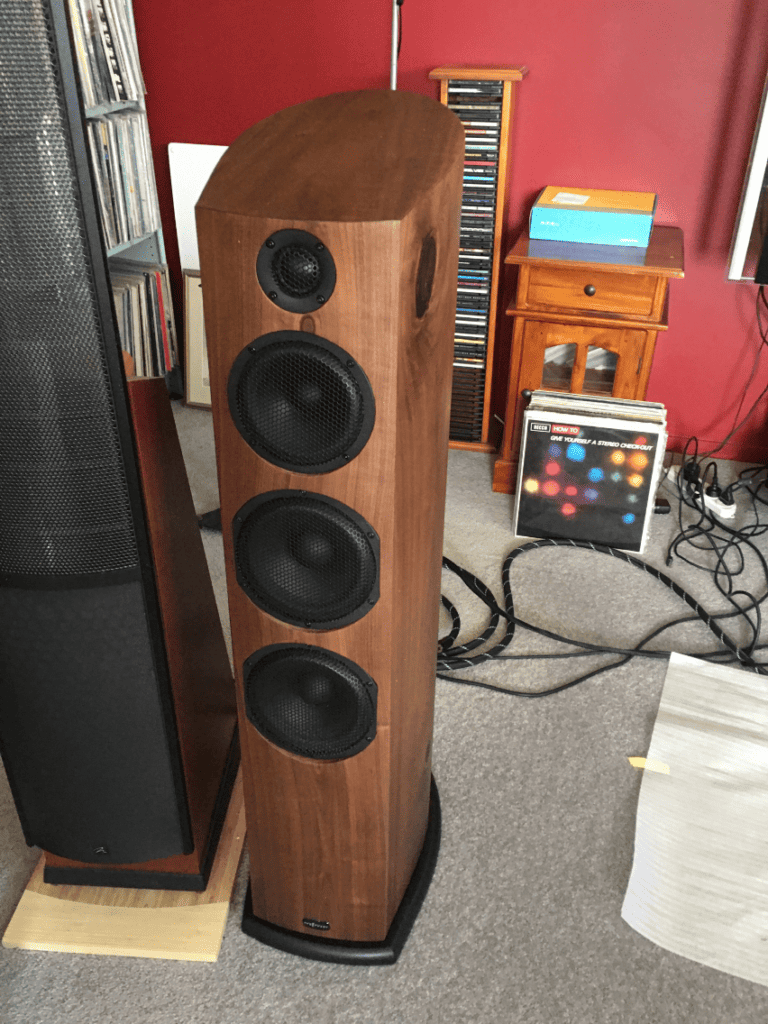
Speaking of which, Garth says that the rounded cabinet design is absolutely key to the excellent sound of his speakers and prevents all manner of unnatural resonance. He also shows me some charts of soundwave analysis conducted with various speakers that apparently show Theophany as one of the most accurate speakers in the world, regardless of price. (Witchdoctor will follow up on some of these points in our forthcoming Theophany coverage, including a detailed Q&A with Garth and a tour of his factory.
A few days later Paul Quilter of PQ Imports in Hamilton turned up and I got a second dose of musical amazingness. Arriving with his wife, Joy, in the most incredible camper van, I was reminded that Paul’s enthusiasm for superb hi-fi crosses over to the other fine things in life, including fast cars and large motorcycles.
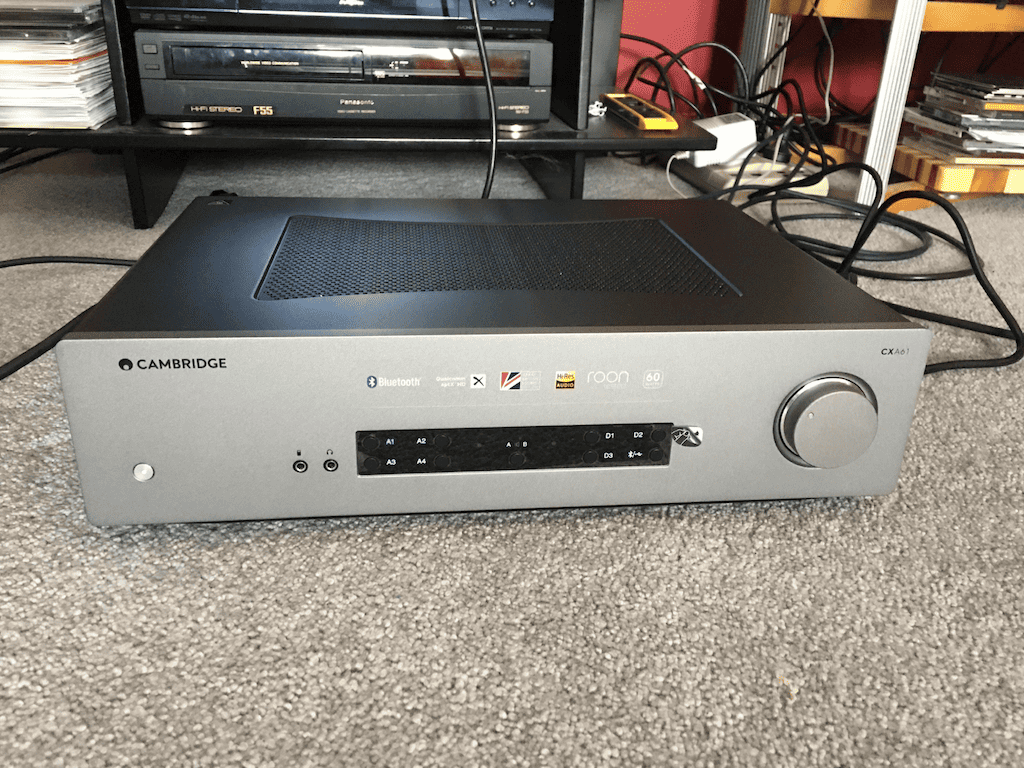
Using a new 60-watt Cambridge CXA61 integrated amplifier ($1899) to power the gear, Paul set up a MoFi UltraDeck turntable ($4499) and a pair of ProAc Response DT8 floorstanders ($5399).
The UltraDeck is the MoFi flagship (there are more affordable models) and photographs don’t do it justice. It really is a sleek beauty and it’s really special. Paul explained that MoFi electronics manage to create such extraordinary turntables by outsourcing well-known experts and giving them challenges to deliver innovative solutions at prices well below what high-end audiophiles would customarily expect to pay. The best part of $5K might sound like a lot to the average music fan, but it’s not uncommon to find highly acclaimed top-level turntables going for $20K or even $50K, and MoFi’s apparent aspiration is to achieve the same results at a much, much lower price point.
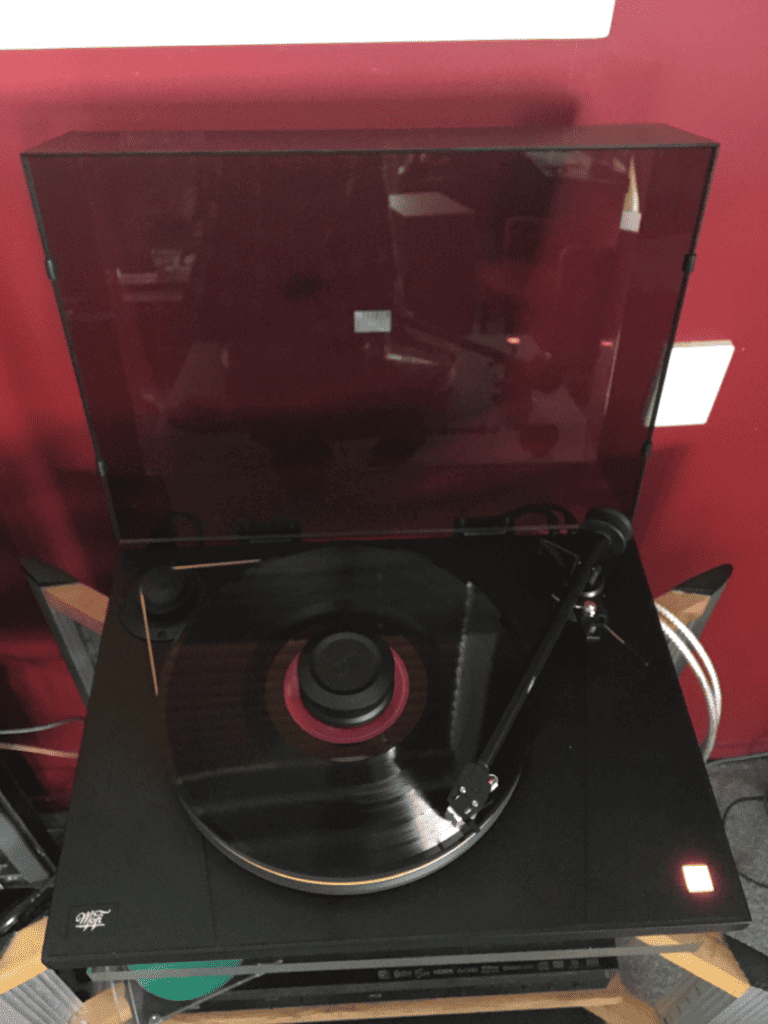
To fully demonstrate the capabilities of the UltraDeck and the diminutive but surprising ProAc DT8’s, Paul pulled out the recently half-speed remastered MoFi vinyl edition of Dire Straits’ Love Over Gold (1982). Now, usually, you’d have to drug me senseless and put me in a straitjacket to get me anywhere near Dire Straits, who are one of my least favourite groups. But I have to say, this sounded astonishing. Mark Knopfler’s croaky rasp of a voice was still a croaky rasp, but boy, it had seemingly endless texture to it and it sounded huge, right inside your head. (Is that a good thing? – Cynical Sub-editor) And although I find their music rather plodding and pedestrian, when Knopfler stretches out on guitar (and that’s what it’s all about really, is it not?) on this 45rpm double MoFi vinyl through a MoFi UltraDeck and ProAc speakers… just WOW! The guitar really sang, the tone was both sweet and stinging, and it was impossible to tell which piece of the gear was contributing the most to this wonderful sonic apparition.
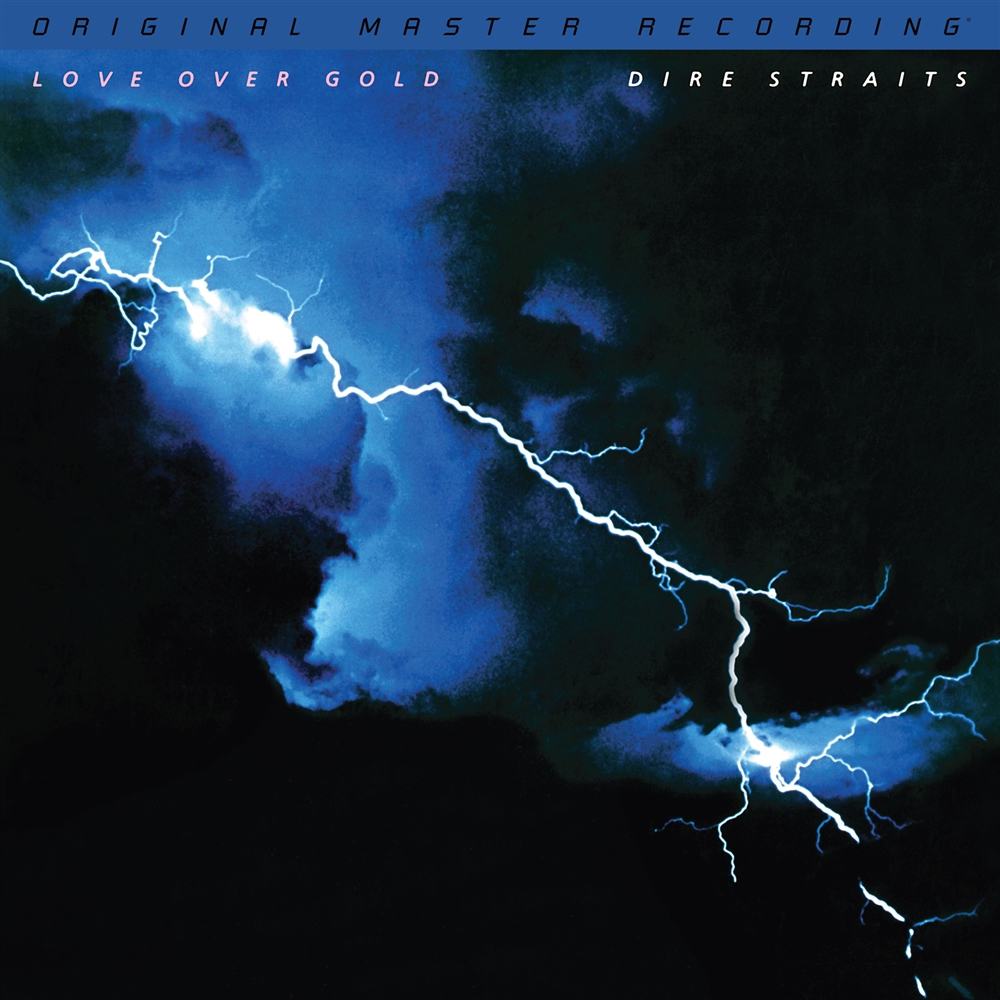
Paul told a great story about the lengths MoFi went to in order to master this album, which involved (at huge expense) shifting all their heavy gear from the US to London for a few months of hard graft to get every nuance out of every track on the album.
Ultimately, I’m of the opinion that speakers are the most important constituent of a hi-fi system, and the DT8’s to some degree replicated the profound emotional response they elicited in me the last time I heard a previous iteration matched to a PrimaLuna Dialogue integrated amp. I don’t know how they do it, but I just feel stuff when I listen to ProAc speakers that I don’t with my Martin Logans.
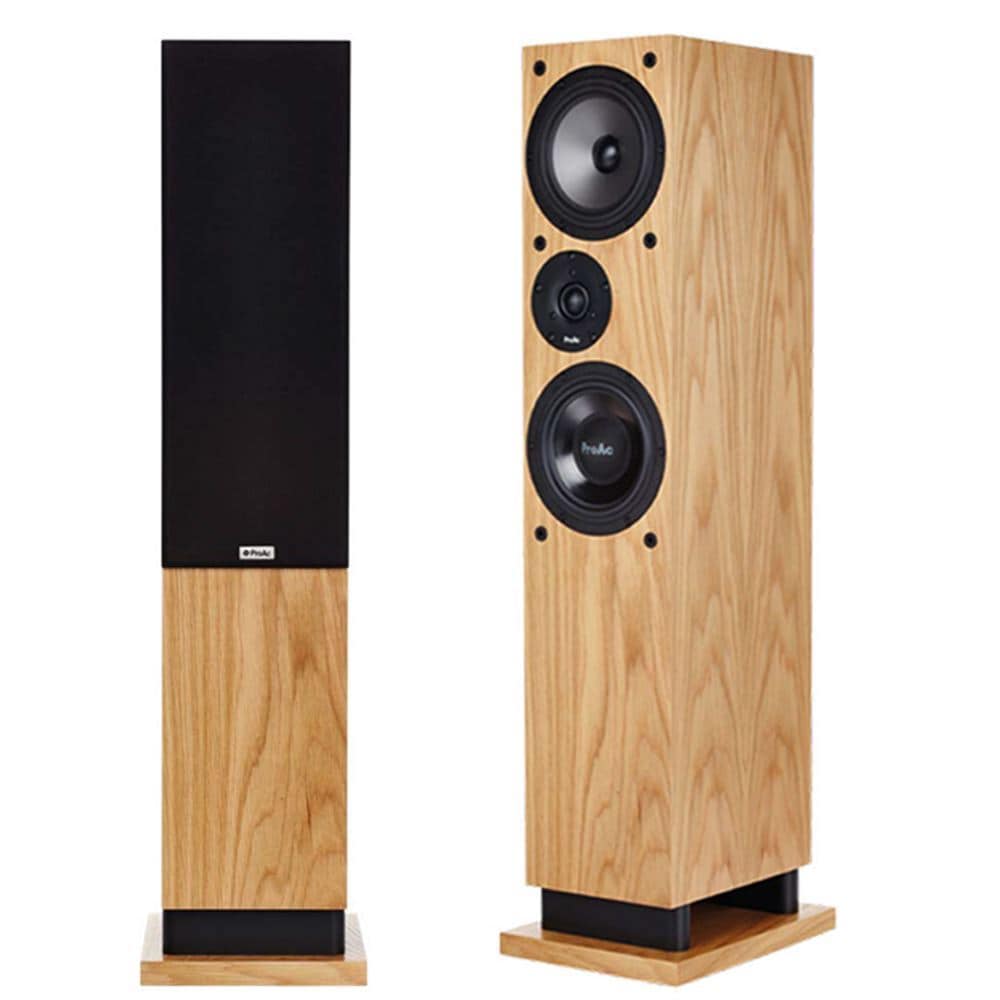
Paul is not a fan of MLs, and is of the opinion that the electrostatic panels don’t ever quite co-ordinate with the conventional bass part of the configuration. Personally, I love the ML sound but I can appreciate that he’s a real connoisseur and that he knows how to identify the things he values in sound reproduction.
The DT8’s are fairly low in the ProAc scheme of things, price-wise, but with the right components, they won’t disappoint. In my room, they were certainly more edgy than my MLs or the Theophanies I’d listened to a few days before, and this goes to show that there are many different philosophies underpinning the ways hi-fi gear is constructed and presented and that ultimately, the particular sonic signature you like is a very personal thing.
I can imagine that if Paul and Garth did meet they’d find a lot of common ground, but would also have many differences of opinion about gear, just as music fans would argue about the best instrumental performances or the best album in an artist’s discrography.
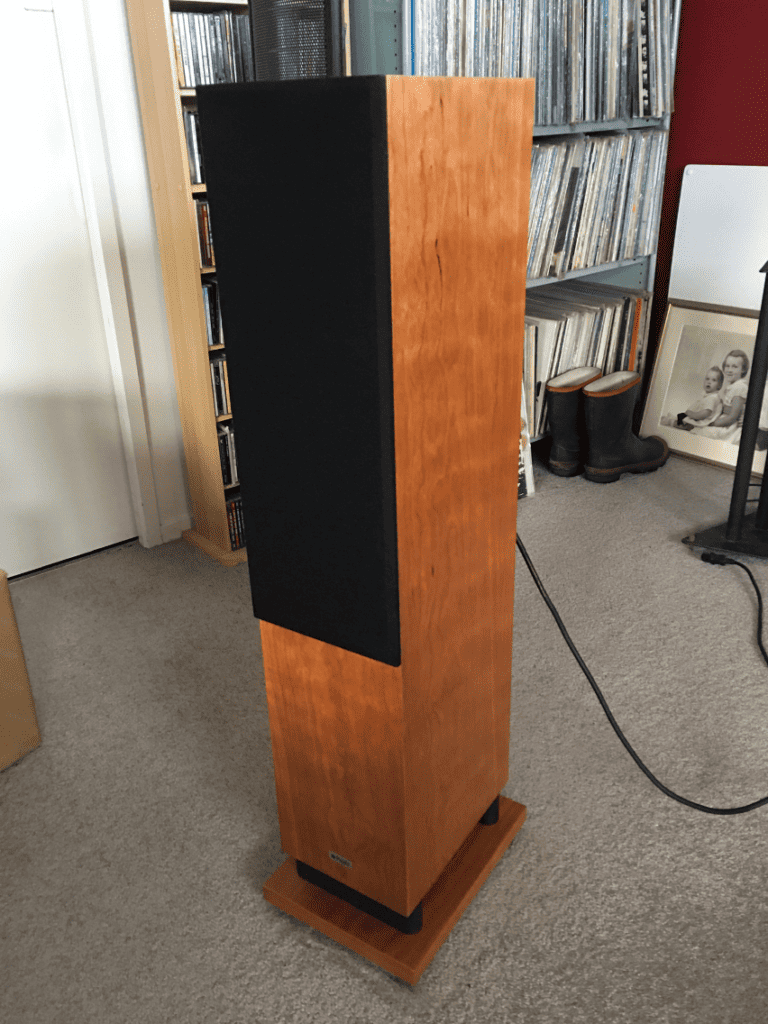
Paul’s northern excursion was a little different than Garth’s, in that he’s coming from an audio sales, importation and distribution background (read our fascinating Q&A with him here) and is not up here to sell to consumers but to catch up with service agents and (ahem) people like me who might get the word out about his excellent gear.
They’re both individuals, however, who are the polar opposites of the kind of hi-fi snobs that almost put me off the so-called audiophile world when I was making my first tentative steps into good quality hi-fi back in the very late ’70s. Having experienced retailers tut-tutting about my musical choices and ignoring me because I wasn’t wearing a look that oozed disposable cash, it’s refreshing to meet sound blokes like Garth and Paul who really love what they do and are always searching in their own ways for the pursuit of excellence.
https://www.theophanyloudspeakers.com/





